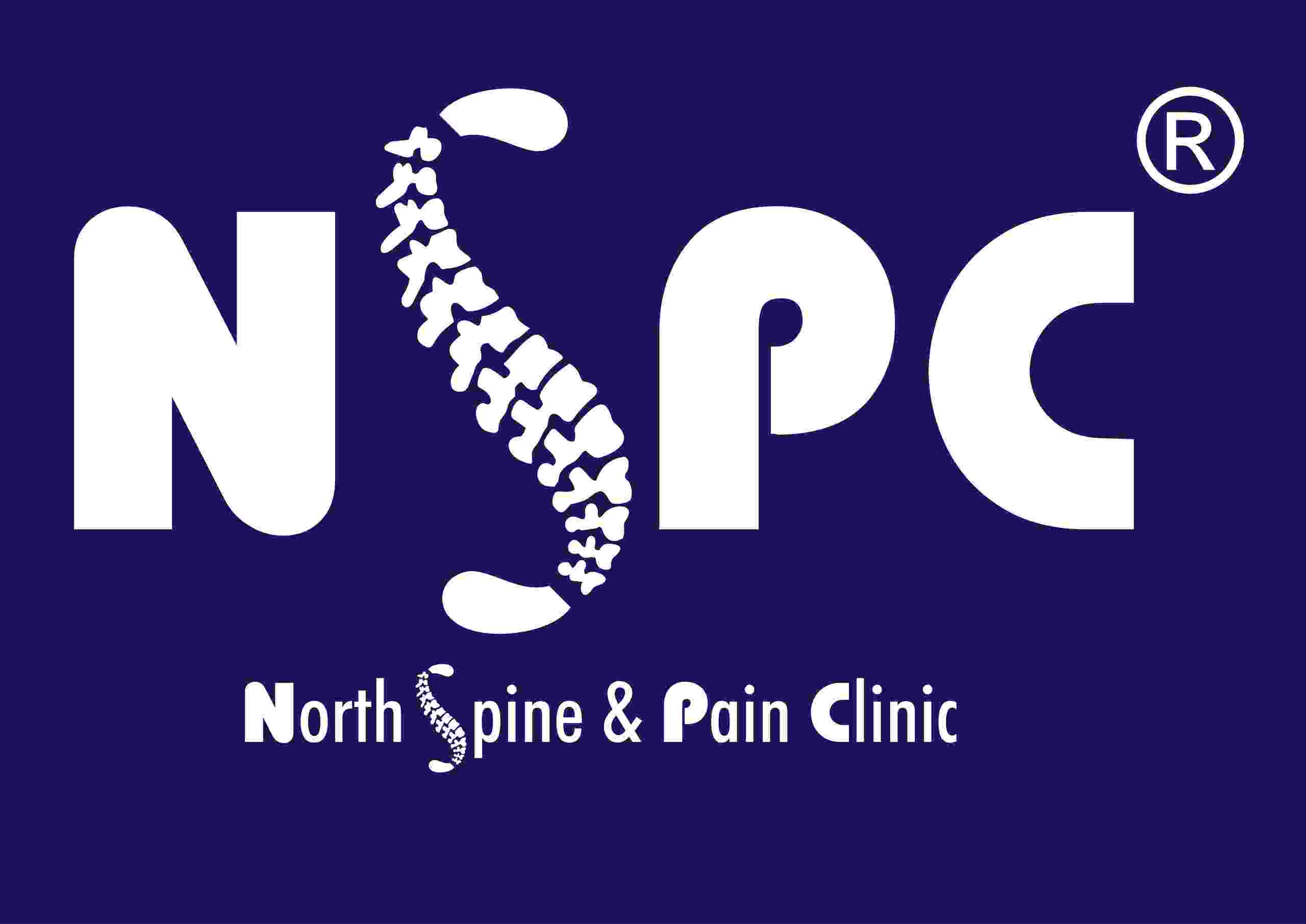Spondylitis Cervical Symptoms: Causes, Treatment & Neck Pain Relief
Cervical spondylitis is a common condition that affects many individuals, especially those with a sedentary lifestyle or poor posture. It causes discomfort and stiffness in the neck, often leading to other complications. If you are experiencing spondylitis cervical symptoms, seeking medical help is crucial to managing the condition effectively.
What is Cervical Spondylitis?
Cervical spondylitis, also known as cervical osteoarthritis, is a degenerative condition that affects the cervical spine. It primarily results from wear and tear of the cartilage and bones in the neck. This can lead to chronic neck pain, reduced mobility, and even neurological issues.
Common Spondylitis Cervical Symptoms
Recognizing the symptoms of cervical spondylitis can help in early diagnosis and treatment. Here are the key spondylitis cervical symptoms:
1. Neck Pain and Stiffness – Persistent discomfort in the neck region is one of the most common symptoms. If left untreated, the pain may spread to the shoulders and arms.
2. Headaches – Many patients report frequent headaches, mainly on the backside headache or back of the head pain due to the strain on cervical nerves.
3. Neck Pain Dizziness – Cervical spondylitis can affect blood circulation to the brain, causing dizziness or balance issues.
4. Numbness and Weakness – The compression of nerves can lead to tingling or numbness in the arms and fingers.
5. Restricted Neck Movement – Limited flexibility in the neck due to stiffness is a major sign of cervical spondylitis.
6. Radiating Pain – The pain may extend from the neck to the upper back and spreading down to arms, impacting daily activities.
Causes of Cervical Spondylitis
Several factors contribute to spondylitis neck problems, including:
– Aging: Natural wear and tear of the spine with age.
– Poor Posture: Sitting for prolonged hours in an incorrect posture.
– Injury: Previous neck injuries can accelerate degeneration.
– Genetic Factors: Family history may increase susceptibility.
Seeking a Neck Pain Doctor Near You
If you are experiencing chronic neck pain, searching for a neck pain doctor near me is essential. A specialized neck pain Dr can diagnose the severity of your condition and recommend the right treatment plan. Finding a trusted nearby neck pain doctor will ensure you receive expert guidance for effective relief.
Neck Cervical Pain Treatment Options
Effective neck cervical pain treatment involves a combination of medical interventions and lifestyle modifications. Some of the commonly recommended treatments include:
– Medications: Pain relievers and anti-inflammatory drugs to manage discomfort.
– Physical Therapy: Exercises to improve flexibility and strengthen neck muscles.
– Posture Correction: Maintaining the right posture to reduce strain on the cervical spine.
– Heat and Cold Therapy: Applying heat or cold packs for pain relief.
– Pain Management: Based upon MRI or X-ray reports, Specialist Dr may recommend Nonsurgical, minimally-invasive, keyhole ( MIPSI ) treatments – Latest and safest way of treating cervical problems. More than 90% patients need these treatments, if cervical pain is persisting for more than 2 months.
When to See a Doctor for Neck Pain Dizziness
If you experience neck pain dizziness frequently, it could indicate nerve compression in cervical spine or slipped disc in neck spine or reduced blood circulation. Seeking help from a cervical pain doctor is important to rule out severe underlying conditions.
Cervical spondylitis is a common issue that can affect daily life if left untreated. Understanding spondylitis cervical symptoms and opting for timely treatment can prevent complications. Whether you need guidance on spondylitis neck management or are looking for a neck pain Dr, prioritizing your spinal health is crucial. If you are searching for a neck pain doctor near me, consult an expert to get the right neck cervical pain treatment and lead a pain-free life.
By incorporating the right treatment strategies, you can effectively manage and cure spondylitis neck and improve your overall well-being.
Visit the Cervical pain Specialist – Dr G N Goyal, for any Cervical spine or neck pain related Problems in Delhi, Haryana or Punjab at the nearest Cervical Pain Clinic – NSPC Clinic, Book your appointment now!
CONTACT US
You may please click here, to know the pleasant experiences of our Cervical pain patients




 Stretching and strengthening exercises improve mobility.
Stretching and strengthening exercises improve mobility.


 Aging & Wear and Tear – As we age, spinal discs lose their flexibility and hydration, making them more prone to rupture.
Aging & Wear and Tear – As we age, spinal discs lose their flexibility and hydration, making them more prone to rupture.



 Have you experienced knee pain? Share your story in the comments!
Have you experienced knee pain? Share your story in the comments!

 Poor Posture – Sitting for long hours with incorrect posture, especially while using a mobile or laptop, can lead to neck pain. It is also known as
Poor Posture – Sitting for long hours with incorrect posture, especially while using a mobile or laptop, can lead to neck pain. It is also known as  Wrong Sleeping Position – Using a high pillow or sleeping in an awkward position can cause neck pain on the left side or both sides.
Wrong Sleeping Position – Using a high pillow or sleeping in an awkward position can cause neck pain on the left side or both sides.
 Stress and Anxiety – Emotional stress often leads to muscle stiffness, resulting in neck pain left side or general neck discomfort.
Stress and Anxiety – Emotional stress often leads to muscle stiffness, resulting in neck pain left side or general neck discomfort.
 Your neck pain lasts more than a few weeks.
Your neck pain lasts more than a few weeks.